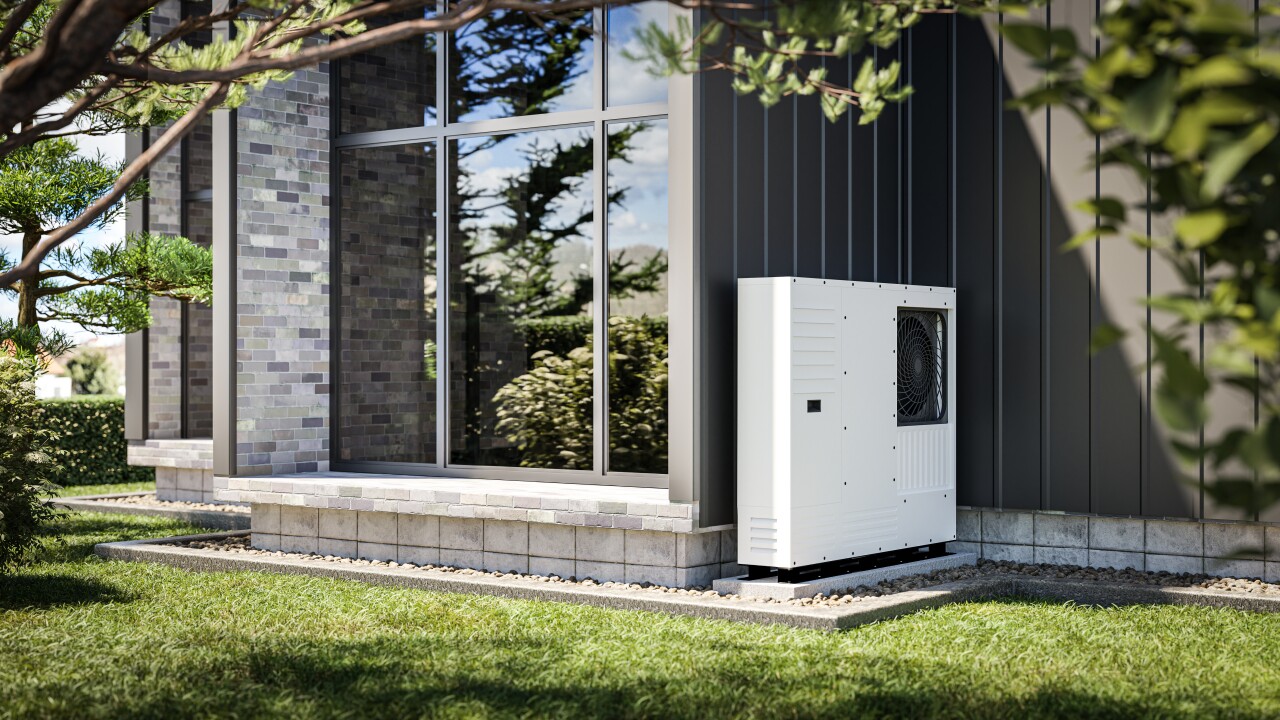Historically low interest rates, low unemployment and positive yet slowing economic growth will support stable U.S. structured finance asset performance in 2020. The Fed’s recent pullback on interest rates is likely to lead to declining consumer and corporate borrowing costs next year. Fitch's rating outlooks are stable for all structured finance sectors, with the exception of RMBS, which is positive.
Negative rating actions will continue to be driven by idiosyncratic risks and sector-specific concerns. However, uncertainty related to trade friction and the U.S. political landscape increase downside risk for all sectors.
Three things to watch in 2020
Late-cycle behavior and "asset bubbles": Late-cycle behaviors like yield-hunting in nontraditional assets and new, untested structural features could amplify the negative effect of market disruption from the ongoing trade war and slower economic growth on asset class performance. Elevated asset values driven by low rates, particularly in select commercial and residential real estate markets, leveraged loans and aircraft, are vulnerable to a reversal in interest rates or a pullback in market liquidity.
Libor uncertainty: With Libor phaseout scheduled for 2021, the industry’s preparation for the transition to other reference rates remains uneven. A comprehensive Libor replacement proposal has not been proposed for legacy transactions, and negative outlooks may result for legacy transactions with weak or nonexistent transition provisions coupled with thin credit enhancement.
Secular pressures on market fundamentals: Disruptions driven by technology advancements, demand shifts and demographic trends could negatively affect consumer and commercial asset classes, such as auto ABS and the use of electric and self-driving vehicles. Shifting consumer demand and innovation from "fintech" and "proptech" companies are negatively affecting CMBS. Increased pressure from e-commerce on the retail sector within commercial real estate is well documented and will continue to drive rating activity in 2020, especially in CMBS transactions with class B retail mall loan concentrations.

ABS
We expect overall performance of most underlying assets within North American ABS to remain steady in 2020 with continued moderate normalization in core sectors. Weaknesses in subprime auto and retail card sectors such as less seasoned accounts and lower credit quality borrower profiles are driving delinquencies and losses higher, although remaining within Fitch’s base case assumptions. FFELP ABS remains susceptible to increased maturity risk given lower payment rates as participation in income-based repayment programs increases.
Late cycle risk is particularly evident among certain ABS segments, namely subprime autos, aircraft and marketplace lending, where Fitch has observed loosened underwriting standards given heightened competitive pressures. Aircraft ABS remains challenged with deterioration in airline metrics, intense competition, and elevated aircraft values. Fitch expects to maintain selectivity when assigning ratings, or continued use of rating caps to reflect new and/or untested models and structural risks.
CMBS
Ratings will remain mostly stable in 2020, with areas of softening asset performance. CMBS 2.0 rating changes will continue to be driven by idiosyncratic risks and property sector-specific concerns. A slowdown in economic activity would be felt first by hotels. Fitch will continue to apply conservative revenue recognition guidelines to account for the disadvantage hotels have due to their daily room rates mark-to-market.
As the broader retail sector transforms, minimal rent growth and increasing vacancy will continue in 2020. Brick-and-mortar retail, primarily underperforming class B malls, faces ongoing competition from e-commerce, tenant bankruptcies and store closures. Maturity defaults on mall loans may start to appear with 14 loans ($1.2 billion) scheduled to mature in 2020. Already, six deals have classes that have a Negative Rating Outlook because they contain at least one mall with doubts over the borrower’s ability to refinance in 2020. Downgrades will accelerate should sponsors be unwilling to inject additional equity in order to refinance.
RMBS
We expect rating upgrades to far outnumber downgrades in 2020, driven by rapid home price gains in recent years that have resulted in positive rating momentum for more than one-third of classes. Some legacy classes remain on a negative rating outlook, reflecting pre-crisis structural weaknesses that leave some classes vulnerable to cash flow volatility and tail risk.
The rate of home price growth has slowed to the lowest figure since 2012, and we expect this trend to continue in 2020. Until the recent slowdown, home price growth in the U.S. had been exceptionally strong. Prices are up more than 50% nationally since 2012, with a number of major cities experiencing home price increases close to 100%. Additionally, price growth in high-tax states, such as New York, New Jersey and California, have slowed due to affordability pressures and the recent cap on state and local tax (SALT) deductions.
We also expect issuers to continue to expand credit underwriting in 2020, incorporating alternative or non-traditional income documentation such as bank statements for owner-occupied properties and non-traditional debt service coverage ratios for investor properties. This year we have already observed an increase in asset depletion underwriting, CPA letter programs and loans made to foreign nationals.
CLOs
The asset performance outlook for Fitch-rated U.S. collateralized loan obligations is stable, although we expect more loan price volatility and a higher default rate of 3% in 2020. A typical CLO exposure to Fitch’s elevated 2020 forecast for loan defaults would be below the headline number, due to diversity in CLO portfolios and active management. That said, loosened documentation during this cycle may negatively affect collateral packages.
Sufficient headroom remains in the ability of Fitch-rated CLOs to absorb downgrades. 2017-2019 vintage CLOs can absorb additional downgrades in the range of 11-14% of their portfolios, assuming the average mark of 50% on the excess CCC bucket, before tripping their junior OC or interest diversion tests.
Fitch forecasts primary CLO issuance for 2020 to be slightly down on full-year 2019 volume at $90 billion, supplemented by limited refinancing and reset activity. Price bifurcation between weaker and stronger credits will likely widen. However, since CLOs are generally not forced to mark-to-market, this environment could, on balance, be conducive to par building in CLOs.
Rui Pereira is the head of North American Structured Finance for Fitch Ratings.





